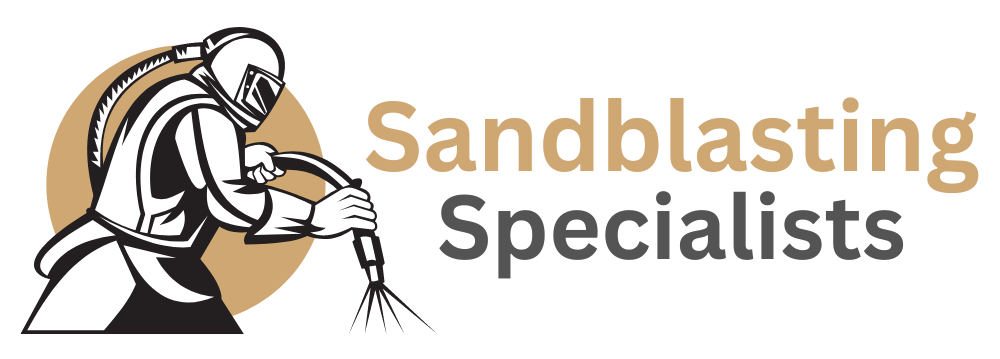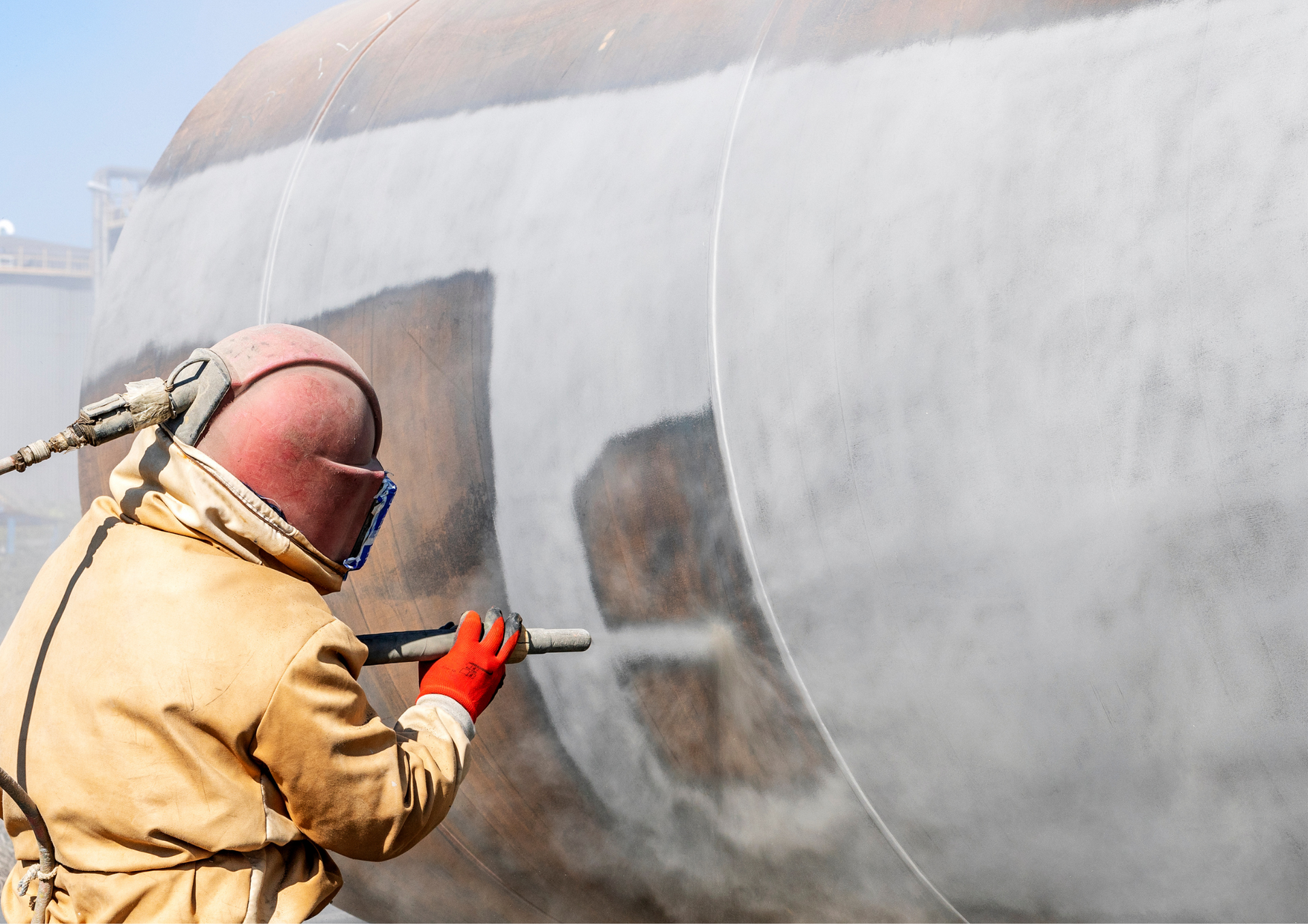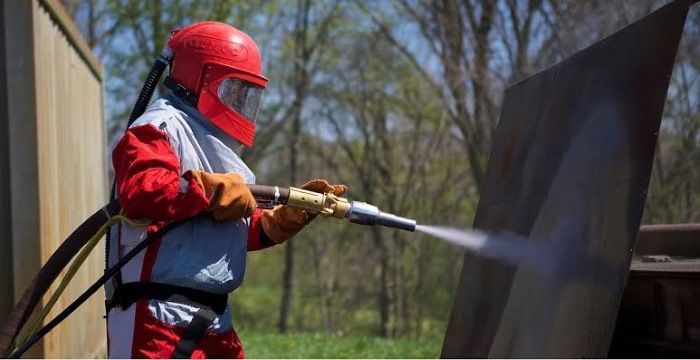Safety Regulations and Best Practices in Sandblasting
Sandblasting, also known as abrasive blasting, is a technique used to clean, shape, and smooth surfaces by propelling abrasive material under high pressure. While effective, sandblasting poses significant health and safety risks. To ensure the safety of workers and compliance with regulations, it is crucial to adhere to established health and safety guidelines. This blog post will delve into the essential health and safety regulations in sandblasting, offer best practices for compliance, and underscore why choosing a professional company is critical for both safety and quality.
Understanding Health and Safety Regulations in Sandblasting
1. Regulatory Framework:
In the UK, sandblasting activities are governed by several regulations, including the Control of Substances Hazardous to Health (COSHH) Regulations, the Personal Protective Equipment (PPE) at Work Regulations, and the Health and Safety at Work Act. These regulations mandate employers to assess and manage risks associated with sandblasting, ensure proper ventilation, and provide adequate protective equipment to workers.
2. Risk Assessment:
Before commencing any sandblasting project, a comprehensive risk assessment is mandatory. This involves identifying potential hazards, evaluating the risks, and implementing control measures to mitigate them. Key factors to consider include:
- The type of abrasive material used
- The presence of hazardous substances
- The working environment
3. Personal Protective Equipment (PPE):
PPE is a critical component in protecting workers from the hazards of sandblasting. This includes respiratory protection to prevent inhalation of harmful dust and particles, protective clothing to shield against abrasive materials, and eye protection to guard against flying debris. Employers must ensure that all workers use PPE appropriately, properly maintained, and correctly.
4. Ventilation and Dust Control:
Effective ventilation systems are essential in controlling dust and airborne particles generated during sandblasting. Local exhaust ventilation (LEV) systems should be installed to capture dust at the source. Additionally, wet blasting techniques can be employed to reduce dust levels. Regular monitoring of air quality is necessary to ensure compliance with occupational exposure limits.
5. Training and Supervision:
Proper training and supervision are crucial in ensuring the safety of sandblasting operations. Workers should be trained in the correct use of equipment, the proper donning and doffing of PPE, and emergency procedures. Supervisors must be knowledgeable about safety regulations and capable of enforcing compliance on-site.
Best Practices for Compliance
1. Implementing a Safety Management System:
A robust safety management system (SMS) helps organisations systematically manage health and safety risks. This includes regular safety audits, incident reporting and investigation, and continuous improvement processes. An SMS ensures that safety measures are consistently applied and updated as necessary.
2. Regular Health Surveillance:
Health surveillance is vital in detecting early signs of occupational illnesses related to abrasive sandblasting, such as silicosis or other respiratory conditions. Regular medical examinations and health checks can help in the early detection and management of these conditions, ensuring that workers remain healthy and fit for work.
3. Safe Handling and Disposal of Abrasive Materials:
The safe handling, storage, and disposal of abrasive materials are essential to prevent environmental contamination and health hazards. Used abrasive materials should be disposed of according to local regulations, and measures should be taken to minimise dust generation during handling.
4. Emergency Preparedness:
Having a well-defined emergency plan is crucial in responding to accidents or incidents promptly. This includes having first-aid kits readily available, training workers in first aid and emergency response, and conducting regular emergency drills.
5. Continuous Education and Awareness:
Keeping up-to-date with the latest regulations, technological advancements, and industry best practices is vital for maintaining a safe working environment. Continuous education and awareness programs can help workers and employers stay informed about new developments and improve safety practices.
Adhering to health and safety regulations in grit blasting is not only a legal requirement but also a moral obligation to protect workers from harm. By implementing the best practices outlined above, organisations can ensure compliance, reduce the risk of accidents and illnesses, and create a safer working environment.
When it comes to sandblasting, choosing the right company is crucial for ensuring safety and quality. At Sandblasting Specialists, we prioritise compliance with health and safety regulations, employ experienced professionals, and utilise state-of-the-art equipment to deliver exceptional results. Trust us to handle your sandblasting needs with the highest standards of safety and expertise.
Check out our latest GBP update about the safety regulations and best practices in sandblasting.



